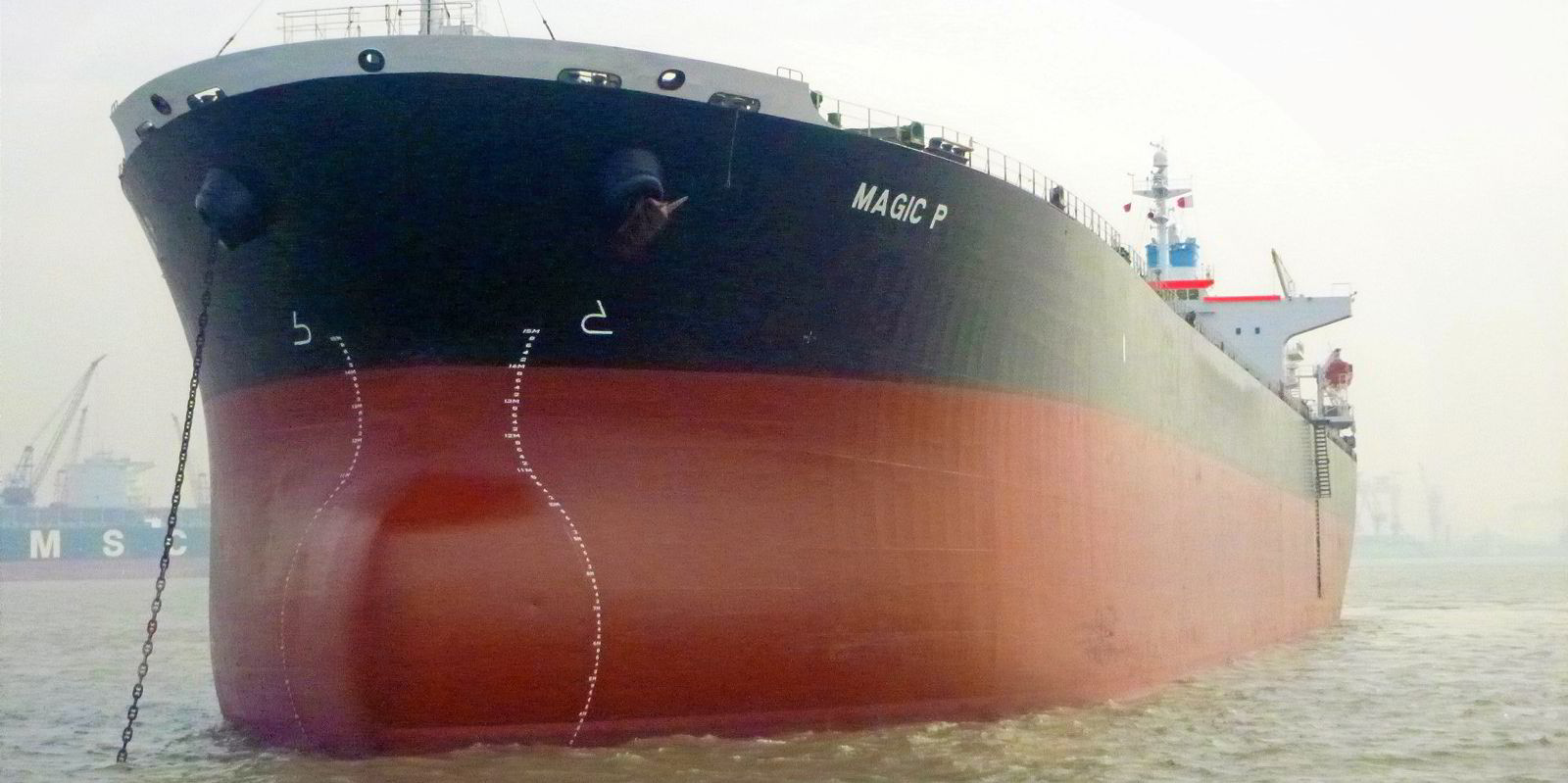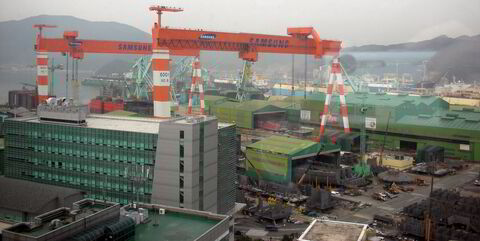Low freight markets translated to weaker third-quarter results for Belships, but it has still paid out more than two-thirds of its net earnings in dividends.
The Oslo-listed bulker owner reported a net profit before tax of $15.3m, down from $49.8m a year ago. Earnings per share fell to $0.06 from $0.20 year on year.
Revenue shrank to $89.8m from $151.1m because of much softer freight markets for its supramax and ultramax bulkers.
Belships will pay NOK 0.45 ($0.04) to shareholders for the three-month period, which is NOK 0.15 less than in the previous quarter. Its dividend policy is to pay out 50% of its adjusted net result in dividends, but the third-quarter payment translates to 68% of its net earnings for the period.
There was a particularly strong performance in the Lighthouse Navigation division, which contributed $2.6m to Belships’ total $33m Ebitda. Lighthouse has averaged $7.7m in Ebidta each quarter over the past five years.
“Lighthouse Navigation continues to deliver good results. They have reduced positions ahead of an expected slower end-of-year period in the markets. We expect continued profitability contributing to Belships’ dividend capacity,” the company said.
Lighthouse has just one vessel — the 61,500-dwt Texel Island (built 2012) — on time charter, which will expire next year.
Belships, which is headed by CEO Lars Christian Skarsgard, spent $13.2m during the quarter on paying down its bank debt, resulting in two debt-free vessels in the fleet.
It has sizeable cash resources of $138.9m available, up from $116.3m at the same point last year.
Belships’ 30 live vessels earned an average gross time charter equivalent rate of $17,905 per day, compared with $24,155 in the same period of 2022.
The Baltic Supramax Index averaged $10,028 gross per day during the quarter. Belships attributed its “strong” outperformance “to a high number of fixed-period time charter contracts at levels significantly above current market rates”.
Around 87% of its vessel operating days in the fourth quarter have been fixed at a gross daily TCE rate of about $17,800.
And 42% of ship days in the next four quarters are fixed at $17,800 gross per day also.
This compares with a daily cash breakeven of $10,900, which Belships expects to remain unchanged in 2024.
Belships did not say much about its expectations for freight markets in the year ahead, but appears optimistic. It pointed to the fact that it has five vessels chartered out on floating index-rate contracts because it believe the rates and market sentiment have “a good probability of improving during the next year, and Belships has the right to convert to fixed rate during the charter period”.
The company added to its newbuilding orderbook during the quarter by fixing deals to take two more ultramaxes on long-term charters upon delivery in 2026 and 2027.
This means it is awaiting delivery of eight 64,000-dwt ultramax newbuildings from Japanese shipyards, which will begin to hit the water next year. All have been chartered in for periods of seven to 10 years and come with purchase options attached.




